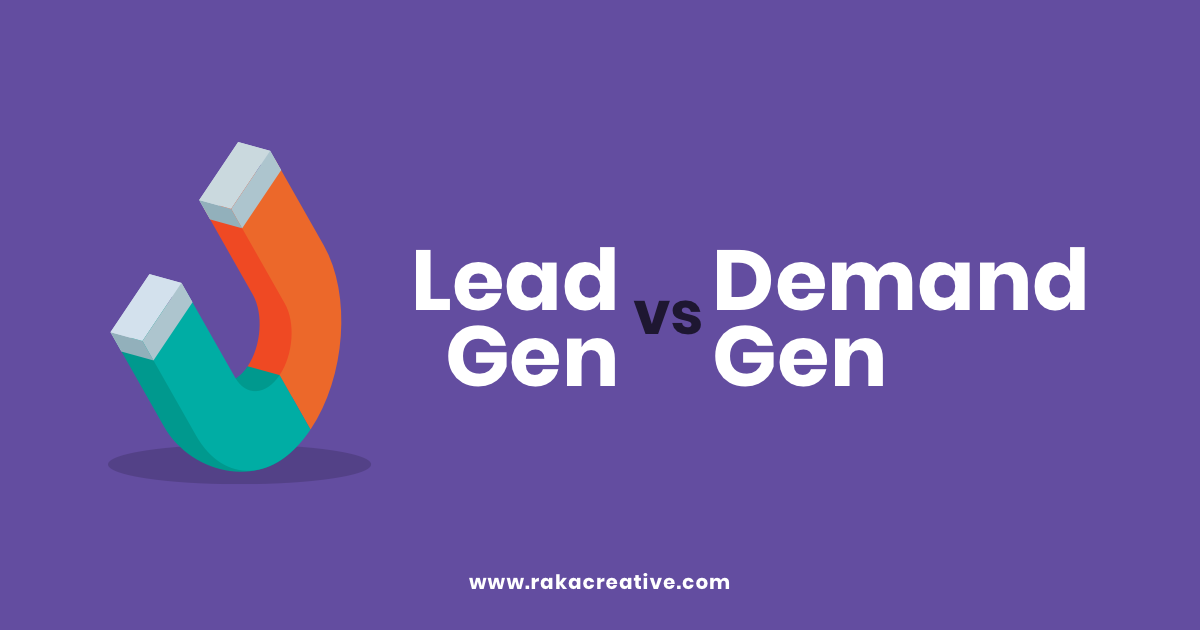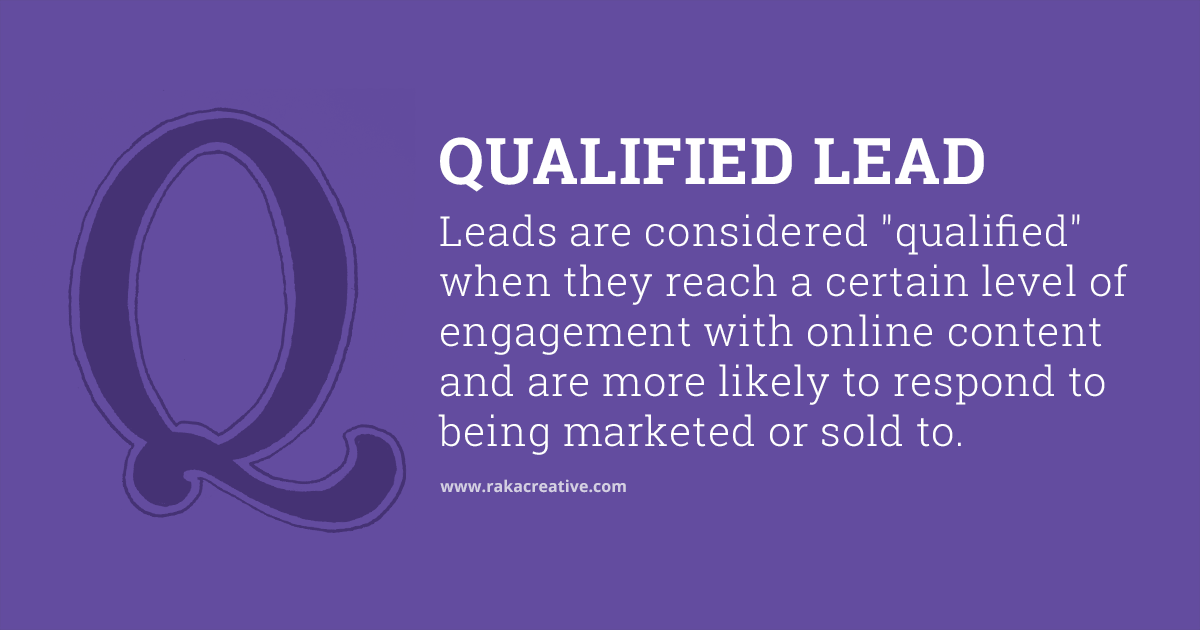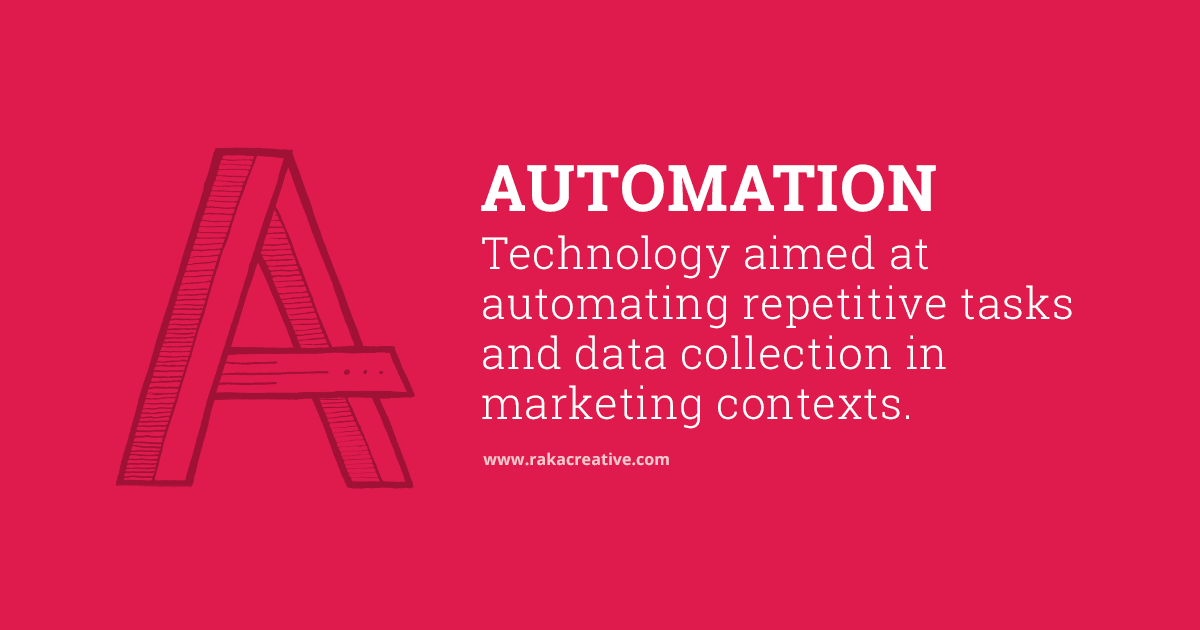Lead generation has been a focus of business since the dawn of time. Ask any marketer or sales rep and they can explain the basics of lead generation, and maybe even draw you a marketing funnel to illustrate their point.
Demand generation is a different approach to increasing sales, and one your company may have dabbled in even. Because of the nature of this approach to creating demand for your product and services, the steps to take are not always as clear. Both have the goal of making people want to buy from you, but to effectively use either strategy, a business must fully understand how they differ. Inbound marketing or digital advertising could be tools for both.
In this post, we’ll explain the differences between lead gen and demand gen, and offer some tips on how best to use both approaches.
What is lead generation?
Lead generation is a method of enticing people to provide their information to a business in exchange for content of some value, such as a template or guide. Their information can then be used by the sales team to contact them as a lead.
What is demand generation?
Demand generation aims to make people want products or services that companies offer. Its primary focus is to create awareness and interest, while also building trust in your company as the best source to deliver that product or service.
Demand generation is often mentioned as something that happens when a customer is at the top of the funnel, but it’s really an effective tactic throughout the funnel. In fact, for this blog post it might help to throw out the funnel altogether and talk about the buyer’s journey. This three-step approach to defining prospects, leads, and customers goes like this:
- Awareness Stage: The buyer realizes they have a problem.
- Consideration Stage: The buyer defines their problem and researches options to solve it.
- Decision Stage: The buyer chooses a solution.
Your company can use demand generation tools and methods to take a prospect from awareness that they have a problem you can solve, through increasing trust and confidence in your brand, to interest in what your solutions can do for them. Lead generation adds further value by capturing information from prospects at certain stages of the journey so you can approach them more directly.
Which one should I be doing?
The short answer? Both. But it’s not a simple case of doing both at the same time all the time.
Some marketing experts will tell you, always start with a lead gen campaign. How do you market something if you have no one to market to? Others will say do demand gen first. How do you collect information on leads if they don’t know you exist? So which is it?
Your business will have different campaigns with different goals depending on how long you’ve been in business, the products you are selling, and even the season. It might help to think of lead gen as part of demand gen, a step in the overall process of attracting and engaging leads as you move them toward a sale. You may have a demand gen-focused company website with tons of great content out in the open for anyone to access, but that website may also have a landing page with a form to fill out if people want to download a guide, white paper, or other asset tied to generating leads for a specific campaign.
Remember, use demand generation to create demand for your product or service. Harness that demand with lead generation efforts to create a list of people you will further entice with great content, product offers, and sales. Then use demand generation to create ongoing interest in existing customers by continuing to engage with them through content aimed at buying again down the road or upselling.
Is demand generation inbound marketing?
Inbound marketing is a set of tactics that draw people to your business and keep them interested in what you’re doing by continually providing relevant content. This could be a useful blog post, optimizing a website for search, or social media. Outbound marketing aims to reach customers through tools like advertising, cold calling, or event sponsorship. There is a lot of crossover between demand generation and inbound marketing, many companies who use inbound marketing methods also adopt a few outbound tactics into their demand gen strategy to create buzz. In other words, inbound marketing methods are an important part of achieving demand generation goals, but they are not one in the same.
Here are some inbound tools that support your demand generation efforts
- Blog posts
- How-to videos
- Infographics
- Chat bots for customer questions
- Responsive social media strategy
Got any tips for using demand gen?
To do demand generation effectively, your company must be thinking long-term. It takes more than a few blog posts to bring your products and services to the front of people’s minds. Here are some things to consider as you’re putting together your strategy.
Leverage your expertise
Sometimes companies forget that the person who knows their industry best is sitting in the office down the hall. What better way to raise brand awareness than by highlighting your employees’ expertise? You can do this through company blog posts, offering free resources and tools, as well as sharing ideas in industry publications and other resources your prospects go to for information.
Be smart about who you target
When we say the goal of demand generation is to get your message out to a broad audience, we don’t mean EVERYONE! Make sure to create a well-defined target audience by developing goals and solid buyer personas.
ABC = Always Be Calling-to-Action
When it comes to demand generation, providing access to content doesn’t mean you’re going to forget the CTA completely. Each page on your website, from the About page to your Blog, always makes it easy for your prospects to reach you with buttons and hyperlinked text that asks people to contact you with questions or for more information.
Be smart about advertising
Advertising is a great way to build brand awareness, strengthen trust in your company, and target people who are ready to buy, hitting every stage on the buyer’s journey. For demand gen, display ads and paid social are two effective online advertising options. Both give brands a chance to express their personality with colors, images, and fonts, while also showcasing products in the best light. Display ads and paid social also have great targeting options based on interests, psychological or demographic indicators.
Paid search is a good advertising choice as your lead gets further along the buyer’s journey because it’s effective at generating leads as they are getting ready to convert. For example, people searching “winter coat sale” want to buy a winter coat and are trying to narrow down their options. Paid search is a tool you can use to maximize your keywords and really target users’ intent.
Taking lead gen and demand gen from here
Whenever a company reviews its marketing strategy, it’s always good to take stock of your goals and think about what to do now and what’s in store for the long term. Adopting a demand gen mindset can help develop those long-term strategies.
If you have questions about how demand gen and lead gen can work for your business, get in touch with us. We love talking strategy.






